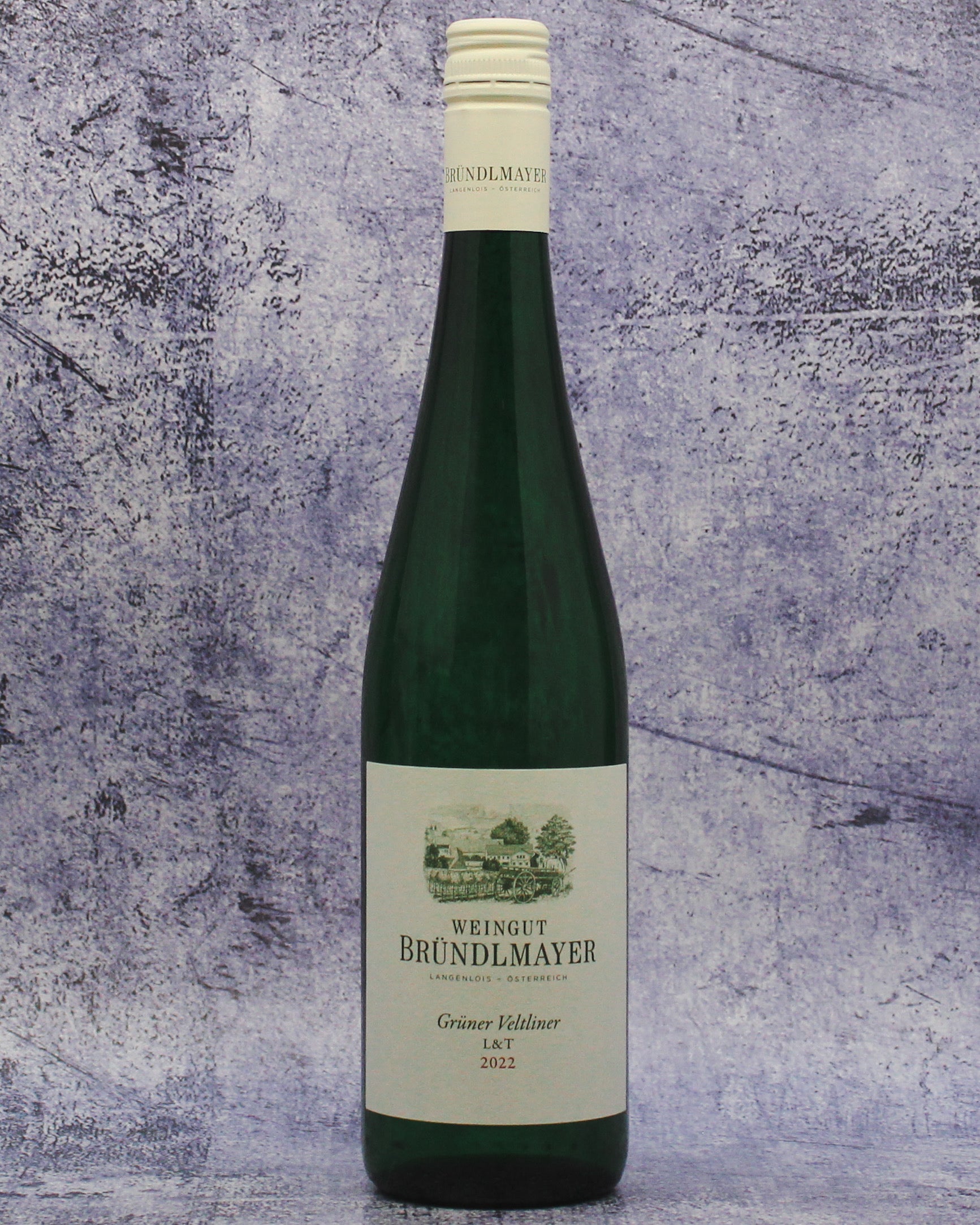Taste & Critical Acclaim: Bright, mineral-driven, and slightly floral with pops of pear and white pepper on the nose. It's juicy and round on the palate with a slight grip.
Wine Enthusiast 2022 Vintage Tasted: Mar 2024
Very vibrant on the palate, showing chamomile, lemon and white pepper aromas and flavors in a light-bodied frame. Fine focus on the moderate finish.
James Suckling 2022 Vintage Tasted: Jul 2023
Attractive notes of sea shells, lemon verbena, fresh herbs and green apples. Fresh, crisp and dry, with lemony acidity and a light spritz. From organically grown grapes. Drink now. Screw cap.
Pairing: Austrian Grüner Veltliner, with its crisp and refreshing profile, shines brightly when paired with a variety of foods, enhancing the culinary experience. Its subtle fruitiness and characteristic peppery note make it a versatile companion to dishes ranging from light seafood to richer poultry, pork, or veal. Additionally, its herbaceous undertones pair well with fresh salads dressed in vinaigrette or creamy, vegetable-based soups.
About. Many thanks to our friends at Skurnik Wine & Spirits for the following information. Nearly every wine, from the light Grüner Veltliner to the red wines and the sparkling wines, has the potential to be the best of that vintage in its category,” declares Peter Moser, editor and publisher of Falstaff Wine Guide, Austria’s most respected and comprehensive wine publication. Also named in 2009 by Wine & Spirits Magazine “the best Austrian winemaker of the last 25 years,” Willi Bründlmayer farms 90 hectares of Grüner Veltliner, Riesling, St. Laurent, Zweigelt and Burgundian varieties from an impressive collection of grand cru vineyards around Langenlois. In 2016 Andreas Wickhoff MW joined the estate and as general manager works alongside Willi in all aspects.
Some of the most geologically diverse terroirs in Europe are here, in the heart of the Kamptal. The Danube and Kamp rivers and the wooded hills of the Waldviertel forest create a climate with large diurnal temperature swings, essential to a long growing season. These rocky, terraced vineyards are not the steep, jagged terraces of the Kremstal or the Wachau; these are larger wider terraces, each creating its own micro climate.

